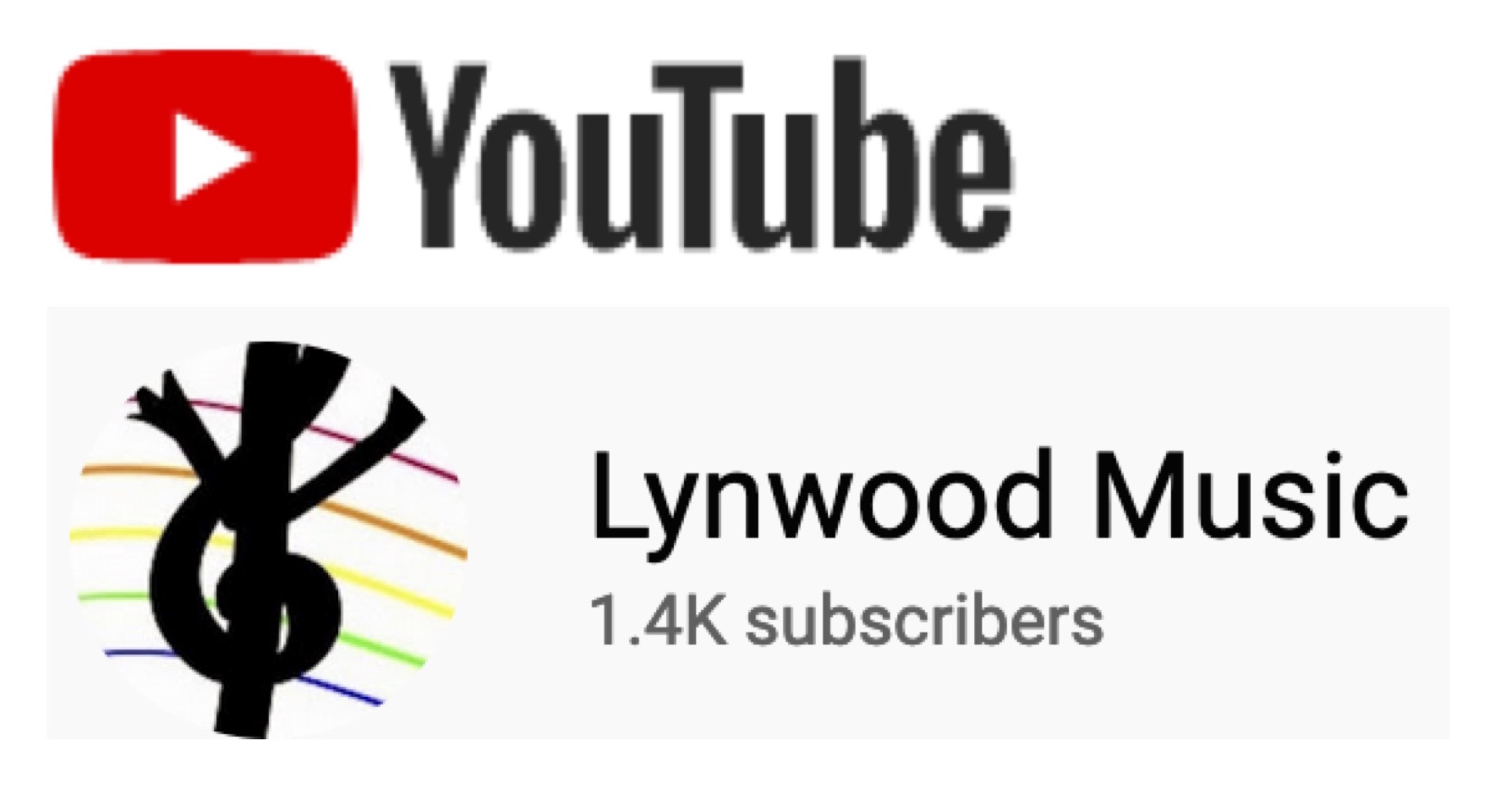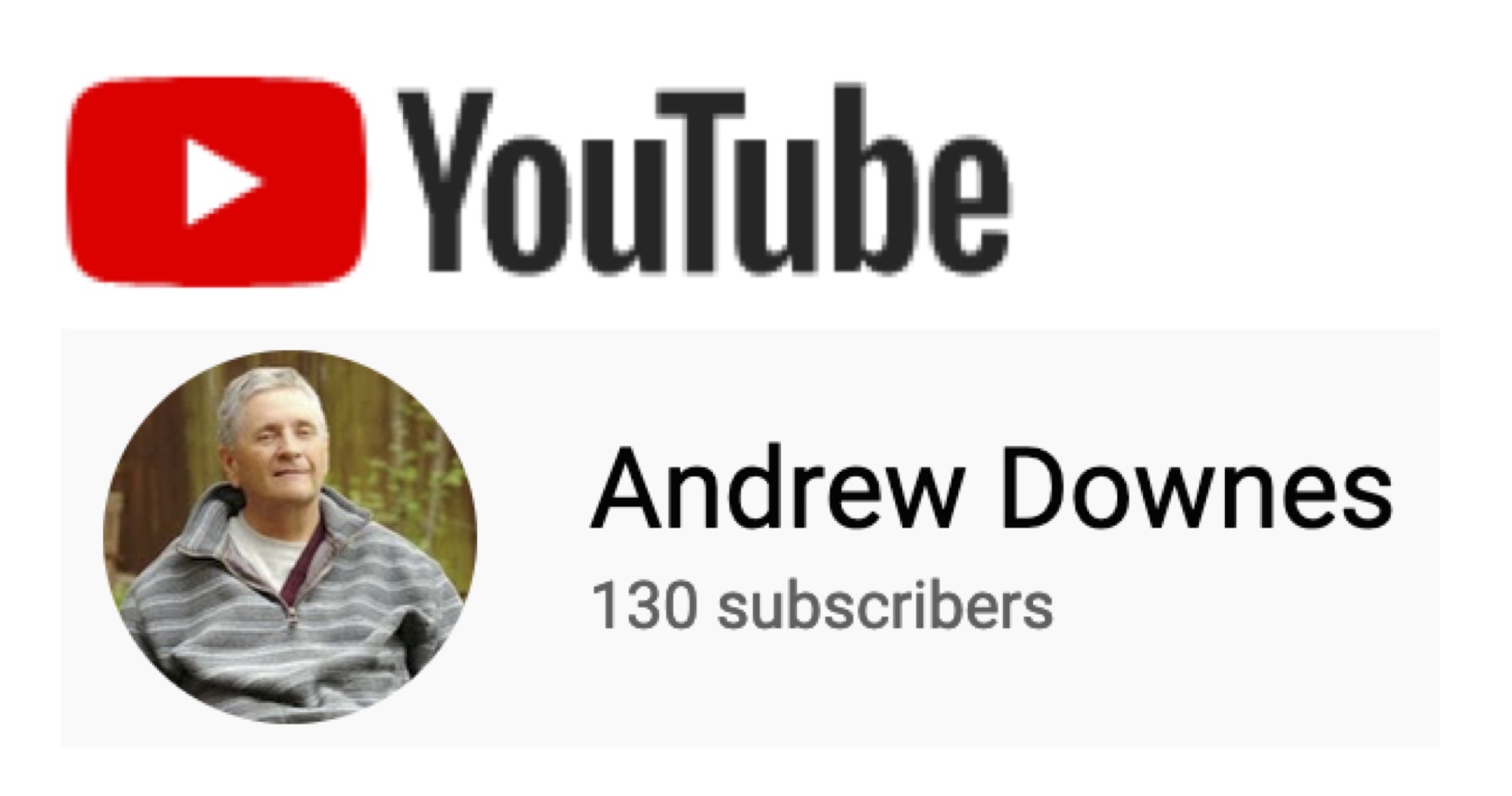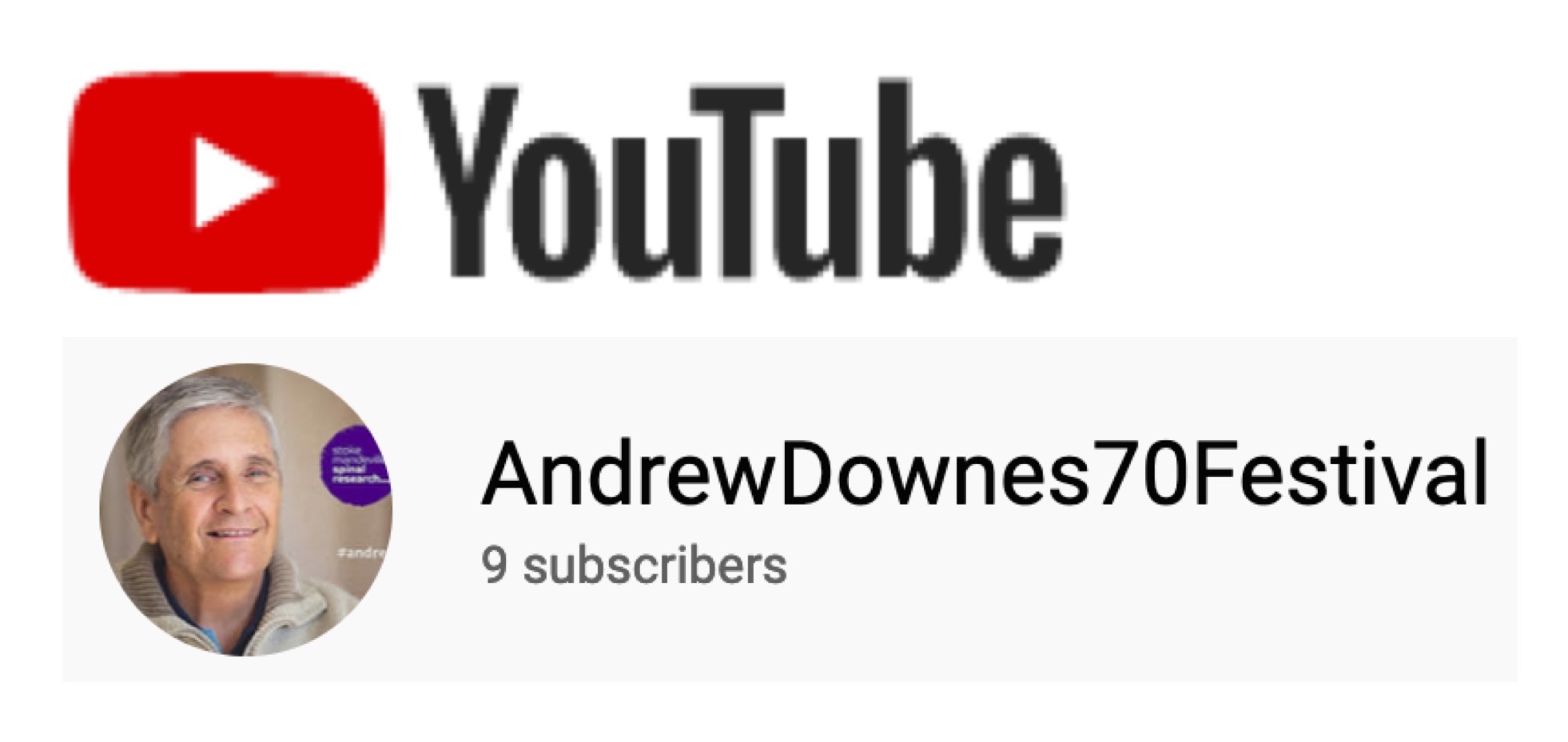Back to andrewdownes.com

Music Education
Resources by Paula Downes, a lot of music by Andrew Downes
Diwali
The fifth of six cross-curricular lesson plans on Autumn and Fall for Primary or Elementary School children using songs and animations, poetry analysis and writing, music analysis, instrument making, art projects and play ideas.
Feast of Lights
Animation by Paula Downes, music by Andrew Downes, poetry by Gouri V Kalambi.
The Poem
Diwali is the feast of lights
Which people enjoy with all their might.
And all forget their differences
And live in peace and joy.
There's lots of fun, and free from care,
The people fire crackers into the air.
It seems as though a new world is born
Which fills us all with joy.
It is a feast of unity
And people worship the deity
Both young and old in festive mood
Create a time of joy.
Poetry Discussion
What is Diwali? A Hindu festival with lights, held in the period from October to November to celebrate the victory of light over darkness. It is particularly associated with Lakshmi, the goddess of prosperity, and marks the beginning of the financial year in India.
What is Hinduism? The world's third most popular religion, with around 750 million followers. The religion of Hinduism originated in Northern India, near the river Indus, about 4000 years ago and is the world's oldest existing religion.
Where is India? Show on googlemaps or a globe
Watch this National Geographic video to learn more about Diwali:
Poetry Analysis
Search for rhyming words, colours, nouns, adjectives. Which verses rhyme? Which do not?
Poetry Writing
Brainstorm all the nouns, adjectives, and events associated with Diwali.
Ask the children to select words that rhyme from the brainstorm.
Ask them them to write a poem with the same rhyming structure as the poem in the song.
Music Analysis
The music opens with the sitar, an Indian plucked string instrument made out of gourd, a fleshy, typically large fruit with a hard skin, some varieties of which are edible. Watch the video below to get to know this instrument and the type of music it plays:
Now watch the following videos to get used to the sounds of the other instruments in the song, which are from the Western Classical tradition:
Trumpet:
Plucked Strings:
Bowed Strings
Glockenspiel:
Flute:
Piano:
Now listen out for these instruments in the song:
- Listen out for the plucked strings right at the beginning before the sitar plays.
- The sitar plays a 12-note motif at the beginning. Notice that it plays this motif 3 times before the flute comes in and this happens every time the sitar plays. At the end, the sitar plays the first 3 notes of the motif for a 4th time before stopping.
- Listen out for countermelodies played against the sitar by plucked strings, piano, trumpet, glockenspiel.
- The flute then introduces the same melody that the voice will sing, accompanied by firework-like flourishes on bowed strings.
- Listen out for the instruments doubling the voice in the first two verses - bowed strings and trumpet alternating.
- Listen to the countermelodies played by the piano, trumpet, flute, glockenspiel and bowed strings against the voice in verses 3, 4, 5, 6.
Diwali Art Projects and more can be found here.
Move on to Autumn Song
Home>Primary & Elementary>Autumn & Fall>Diwali
Home>Cross-Curricular>Autumn & Fall>Diwali

Music Education
Resources by Paula Downes, a lot of music by Andrew Downes
Back to andrewdownes.com
Follow Cynthia Downes on Instagram to keep up-to-date with her blog posts.
If you have performed in any of Andrew Downes' works or come to listen, please share your experiences in the Premieres Blog! Also see what others have said. Thank you so much for your contribution.


